Effects of Flash Sintering Parameters on Performance of Ceramic Insulator †
Abstract
:1. Introduction
2. Analysis of the Alumina Unit Cell
2.1. Construction of an Alumina Model
2.2. Application of Boundary Conditions
2.3. Simulation Results and Discussion
3. Electrical Behavior during Flash Sintering
3.1. Simulation Setup and Procedure
3.2. Simulation Results and Discussion
3.2.1. The Influence of Electric Field Intensity
3.2.2. The Influence of Current Density
4. Conclusions
- (1)
- Under high temperature and high electric field intensity, the bond length is reduced and the volume of the unit cell becomes smaller. The atoms are arranged closer together.
- (2)
- The magnitude of the electric field intensity determines the incubation time of flash sintering. The greater the electric field intensity, the shorter the incubation time. The electric field intensity does not affect the density and grain size of the sample.
- (3)
- The current density determines the density and grain size of the final sample.
- (4)
- There is a temperature gradient between the surface and the inside of the sample.
- (5)
- The ceramic insulator prepared by flash sintering has higher density and smaller grain size. This makes ceramic insulators have better insulation properties. It is not easy for surface discharge to occur.
Author Contributions
Funding
Institutional Review Board Statement
Informed Consent Statement
Data Availability Statement
Conflicts of Interest
References
- Jiang, X.; Shi, Y.; Sun, C.; Zhang, Z. Evaluating the Safety Condition of Porcelain Insulators by the Time and Frequency Characteristics of LC Based on Artificial Pollution Tests. IEEE Trans. Dielectr. Electr. Insul. 2010, 17, 481–489. [Google Scholar] [CrossRef]
- Meng, Y.; Gong, G.; Wu, Z.; Yin, Z.; Xie, Y.; Liu, S. Fabrication and Microstructure Investigation of Ultra-high-strength Porcelain Insulator. J. Eur. Ceram. Soc. 2012, 32, 3043–3049. [Google Scholar] [CrossRef]
- Okubo, H. Enhancement of Electrical Insulation Performance in Power Equipment Based on Dielectric Material Properties. IEEE Trans. Dielectr. Electr. Insul. 2012, 19, 733–754. [Google Scholar] [CrossRef]
- Liu, Y.; Du, B.X. Recurrent Plot Analysis of Leakage Current on Flashover Performance of Rime-iced Composite Insulator. IEEE Trans. Dielectr. Electr. Insul. 2010, 17, 465–472. [Google Scholar] [CrossRef]
- Naito, K.; Morita, K.; Hasegawa, Y.; Imakoma, T. Improvement of the DC Voltage Insulation Efficiency of Suspension Insulators under Contaminated Conditions. IEEE Trans. Electr. Insul. 1988, 23, 1025–1032. [Google Scholar] [CrossRef]
- Zedan, F.; Akbar, M. Performance of HV Transmission Line Insulators in Desert Conditions IV: Study of Insulators at a Semi-coastal Site in the Eastern Region of Saudi Arabia. IEEE Trans. Power Deliv. 1991, 6, 70–71. [Google Scholar] [CrossRef]
- Trunec, M.; Maca, K. Compaction and Pressureless Sintering of Zirconia Nanoparticles. J. Am. Ceram. Soc. 2010, 90, 2735–2740. [Google Scholar] [CrossRef]
- Zhou, M.; Huang, Z.; Qi, J.; Wei, N.; Wu, D.; Zhang, Q.; Wang, S.; Feng, Z.; Lu, T. Densification and Grain Growth of Gd2Zr2O7, Nanoceramics during Pressureless Sintering. J. Eur. Ceram. Soc. 2017, 37, 1059–1065. [Google Scholar] [CrossRef]
- Li, J.; Ye, Y. Densification and Grain Growth of Al2O3 Nanoceramics during Pressureless Sintering. J. Am. Ceram. Soc. 2006, 89, 139–143. [Google Scholar] [CrossRef]
- Maca, K.; Trunec, M.; Dobsak. Bulk Zirconia Nanoceramics Prepared by Cold Isostatic Pressing and Pressureless Sintering. Rev. Adv. Mater. Sci. 2005, 10, 84–89. [Google Scholar]
- Skandan, G.; Hahn, H.; Kear, B.H.; Roddy, M.; Cannon, W.R. Processing of Nanostructured Zirconia Ceramics. Nanostruct. Mater. 1994, 351, 111–126. [Google Scholar] [CrossRef]
- Hynes, A.P.; Doremus, R.H.; Siegel, R.W. Sintering and Characterization of Nanophase Zinc Oxide. J. Am. Ceram. Soc. 2010, 85, 1979–1987. [Google Scholar] [CrossRef]
- Betz, U.; Sturm, A.; Loeffler, J.; Wagner, W.; Wiedenmann, A.; Hahn, H. Low-temperature Isothermal Sintering and Microstructural Characterization of Nanocrystalline Zirconia Ceramics Using Small Angle Neutron Scattering. Nanostruct. Mater. 1999, 12, 689–692. [Google Scholar] [CrossRef]
- Kuang, X.; Carotenuto, G.; Nicolais, L. A Review of Ceramic Sintering and Suggestions on Reducing Sintering Temperatures. Adv. Perform. Mater. 1997, 4, 257–274. [Google Scholar] [CrossRef]
- Bourell, D.L.; Parimal; Kaysser, W. Sol–gel Synthesis of Nanophase Yttria-stabilized Tetragonal Zirconia and Densification Behavior Below 1600 K. J. Am. Ceram. Soc. 1993, 76, 705–711. [Google Scholar] [CrossRef]
- Kear, B.; Colaizzi, J.; Mayo, W.; Liao, S.-C. On the Processing of Nanocrystalline and Nanocomposite Ceramics. Scripta Mater. 2001, 44, 2065–2068. [Google Scholar] [CrossRef]
- Ehre, D.; Gutmanas, E.Y.; Chaim, R. Densification of Nanocrystalline MgO Ceramics by Hot-pressing. J. Eur. Ceram. Soc. 2005, 25, 3579–3585. [Google Scholar] [CrossRef]
- Sarrafi, M.H.; Bafrooei, H.B.; Feizpour, M.; Ebadzadeh, T.; Foroush, M.H. Microwave Synthesis and Sintering of Mg4Nb2O9, Nanoceramics. J. Mater. Sci. Mater. Electron. 2014, 25, 946–951. [Google Scholar] [CrossRef]
- Bykov, Y.; Eremeev, A.; Egorov, S.; Ivanov, V.; Kotov, Y.; Khrustov, V.; Sorokin, A. Sintering of Nanostructural Titanium Oxide Using Millimeter-wave Radiation. Nanostruct. Mater. 1999, 12, 115–118. [Google Scholar] [CrossRef]
- Paranosenkov, V.P.; Kelina, I.Y.; Plyasunkova, L.A.; Bykov, Y.V. Preparation of Dense Ceramics Based on Silicon Nitride Nanopowders. Refract. Ind. Ceram. 2003, 44, 223–226. [Google Scholar] [CrossRef]
- Mishra, R.; Schneider, J.; Shackelford, J.; Mukherjee, A. Plasma Activated Sintering of Nanocrystalline γ-Al2O3. Nanostruct. Mater. 1995, 5, 525–544. [Google Scholar] [CrossRef]
- Suganuma, M.; Kitagawa, Y.; Wada, S.; Murayama, N. Pulsed Electric Current Sintering of Silicon Nitride. J. Am. Ceram. Soc. 2010, 86, 387–394. [Google Scholar] [CrossRef]
- Kimura, H.; Hongo, K. In Process Nanocrystalline Control Consolidation of the Amorphous ZrO2–20 mol% Al2O3 Powder. Mater. Trans. 2006, 47, 1374–1379. [Google Scholar] [CrossRef]
- Cernea, M.; Fochi, F.; Aldica, G.V.; Vasile, B.S.; Trusca, R.; Galassi, C. Spark–Plasma-Sintering Temperature Dependence of Structural and Piezoelectric Properties of BNT–BT0. 08 Nanostructured Ceramics. J. Mater. Sci. 2012, 47, 3669–3673. [Google Scholar] [CrossRef]
- Munir, Z.A.; Anselmi–Tamburini, U.; Ohyanagi, M. The Effect of Electric Field and Pressure on the Synthesis and Consolidation of Naterials: A Review of the Spark Plasma Sintering Method. J. Mater. Sci. 2006, 41, 763–777. [Google Scholar] [CrossRef]
- Cologna, M.; Francis, J.S.C.; Raj, R. Field Assisted and Flash Sintering of Alumina and Its Relationship to Conductivity and MgO-doping. J. Eur. Ceram. Soc. 2011, 31, 2827–2837. [Google Scholar] [CrossRef]
- M’Peko, J.C.; Francis, J.S.C.; Raj, R. Field–assisted Sintering of Undoped BaTiO3: Microstructure Evolution and Dielectric Permittivity. J. Eur. Ceram. Soc. 2014, 34, 3655–3660. [Google Scholar] [CrossRef]
- Zapata-Solvas, E.; Bonilla, S.; Wilshaw, P.; Todd, R. Preliminary Investigation of Flash Sintering of SiC. J. Eur. Ceram. Soc. 2013, 33, 2811–2816. [Google Scholar] [CrossRef]
- Prette, A.L.; Cologna, M.; Sglavo, V.M.; Raj, R. Flash-sintering of Co2MnO4, Spinel for Solid Oxide Fuel Cell Applications. J Power Source 2011, 196, 2061–2065. [Google Scholar] [CrossRef]
- Grasso, S.; Saunders, T.; Porwal, H.; Cedillos-Barraza, O.; Jayaseelan, D.D.; Lee, W.E.; Reece, M.J. Flash Spark Plasma Sintering (FSPS) of Pure ZrB2. J. Am. Ceram. Soc. 2014, 97, 2405–2408. [Google Scholar] [CrossRef]
- Ojaimi, C.L.; Ferreira, J.A.; Chinelatto, A.L.; Chinelatto, A.S.A.; Pallone, E.M.D.J.A. Microstructural Analysis of ZrO2/Al2O3 Composite: Flash and Conventional Sintering. Ceram. Int. 2020, 46, 2473–2480. [Google Scholar] [CrossRef]
- Egorov, S.; Eremeev, A.; Kholoptsev, V.; Plotnikov, I.; Rybakov, K.; Sorokin, A.; Bykov, Y. On the Correlation Between the Thermal Instability Onset and the Flash Sintering Event. Scr. Mater. 2020, 174, 68–71. [Google Scholar] [CrossRef]
- Cologna, M.; Rashkova, B.; Raj, R. Flash Sintering of Nanograin Zirconia in <5 s at 850 Degrees. Am. Ceram. Soc. 2010, 93, 3556–3559. [Google Scholar]
- Zapata-Solvas, E.; Gómez-García, D.; Domínguez-Rodríguez, A.; Todd, R.I. Ultra-fast and energy-efficient sintering of ceramics by electric current concentration. Sci. Rep. 2015, 5, 8513. [Google Scholar] [CrossRef] [PubMed] [Green Version]
- Liu, G. Research on Temperature Field of 8YSZ Ceramics during Flash Sintering. Master’s Thesis, Southwest Jiaotong University, Chengdu, China, 2018. [Google Scholar]
- Li, J.; Guan, L.; Zhang, W.; Luo, M.; Song, J.; Song, X.; An, S. Sintering behavior of samarium doped ceria under DC electrical field. Ceram. Int. 2018, 44, 2470–2477. [Google Scholar] [CrossRef]
- Rachman, C. Liquid Film Capillary Mechanism for Densification of Ceramic Powders during Flash Sintering. Materials 2016, 9, 280. [Google Scholar]
- Yu, M.; Grasso, S.; McKinnon, R.; Saunders, T.; Reece, M.J. Review of Flash Sintering: Materials, Mechanisms and Modelling. Adv. Appl. Ceram. 2017, 116, 24–60. [Google Scholar] [CrossRef] [Green Version]
- Francis, J.S.C.; Raj, R. Influence of the Field and the Current Limit on Flash Sintering at Isothermal Furnace Temperatures. J. Am. Ceram. Soc. 2013, 96, 2754–2758. [Google Scholar] [CrossRef]
- Ding, L.; Li, C.; Wang, J.; Wang, W. Influence of Sintering Temperature on the Flashover Performance of Alumina Insulators in Vacuum. IEEE Trans. Dielectr. Electr. Insul. 2002, 9, 182–186. [Google Scholar] [CrossRef]


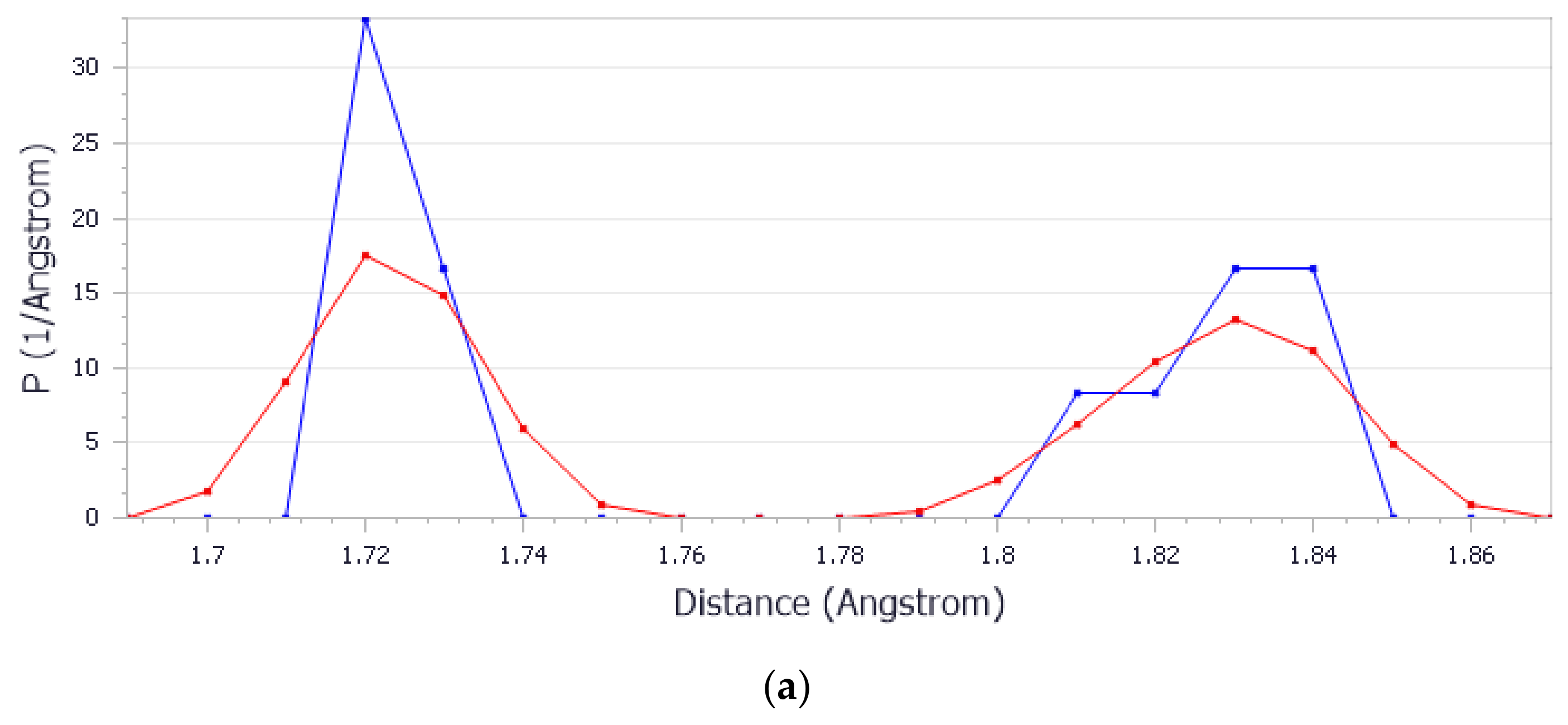
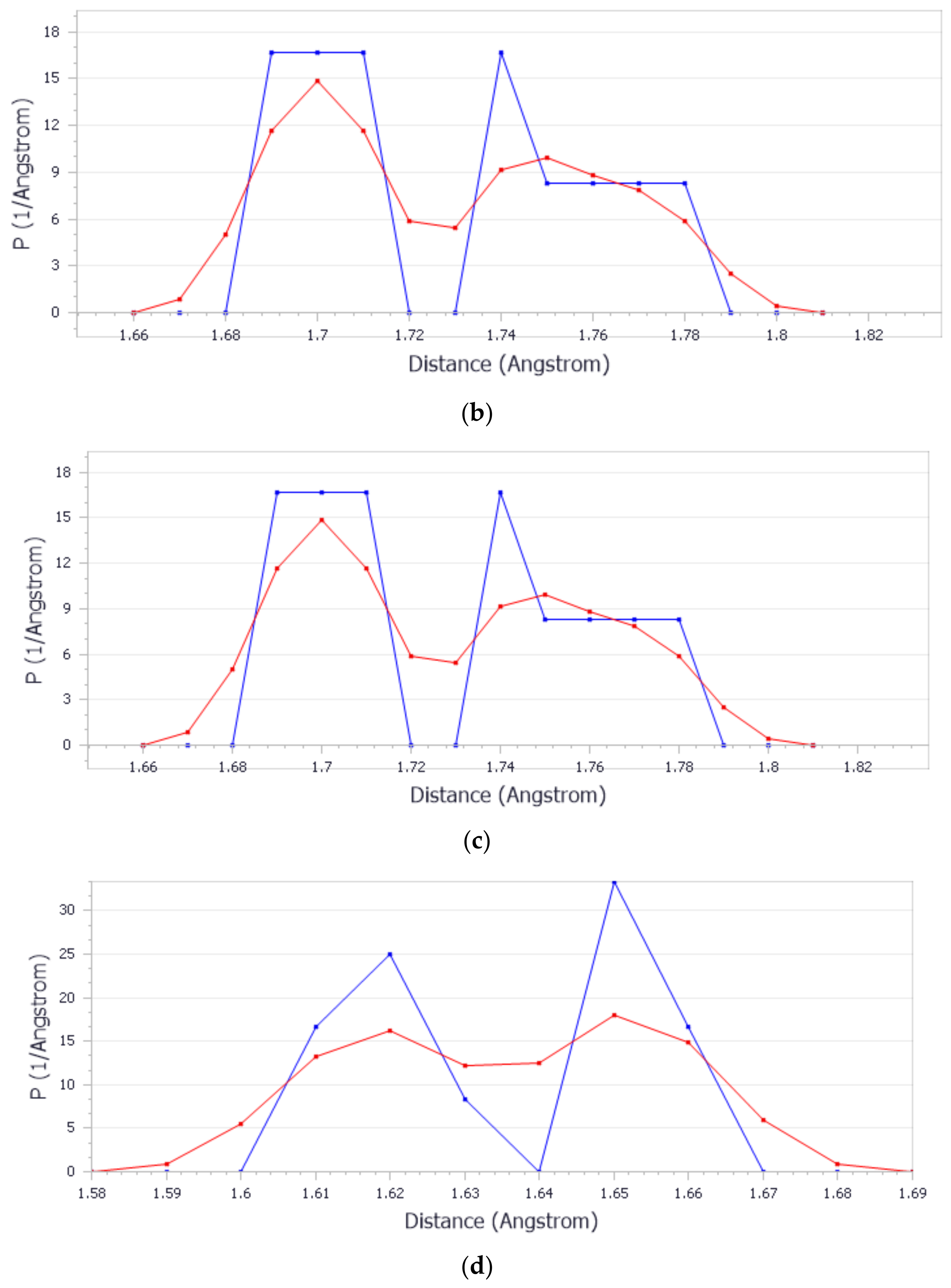

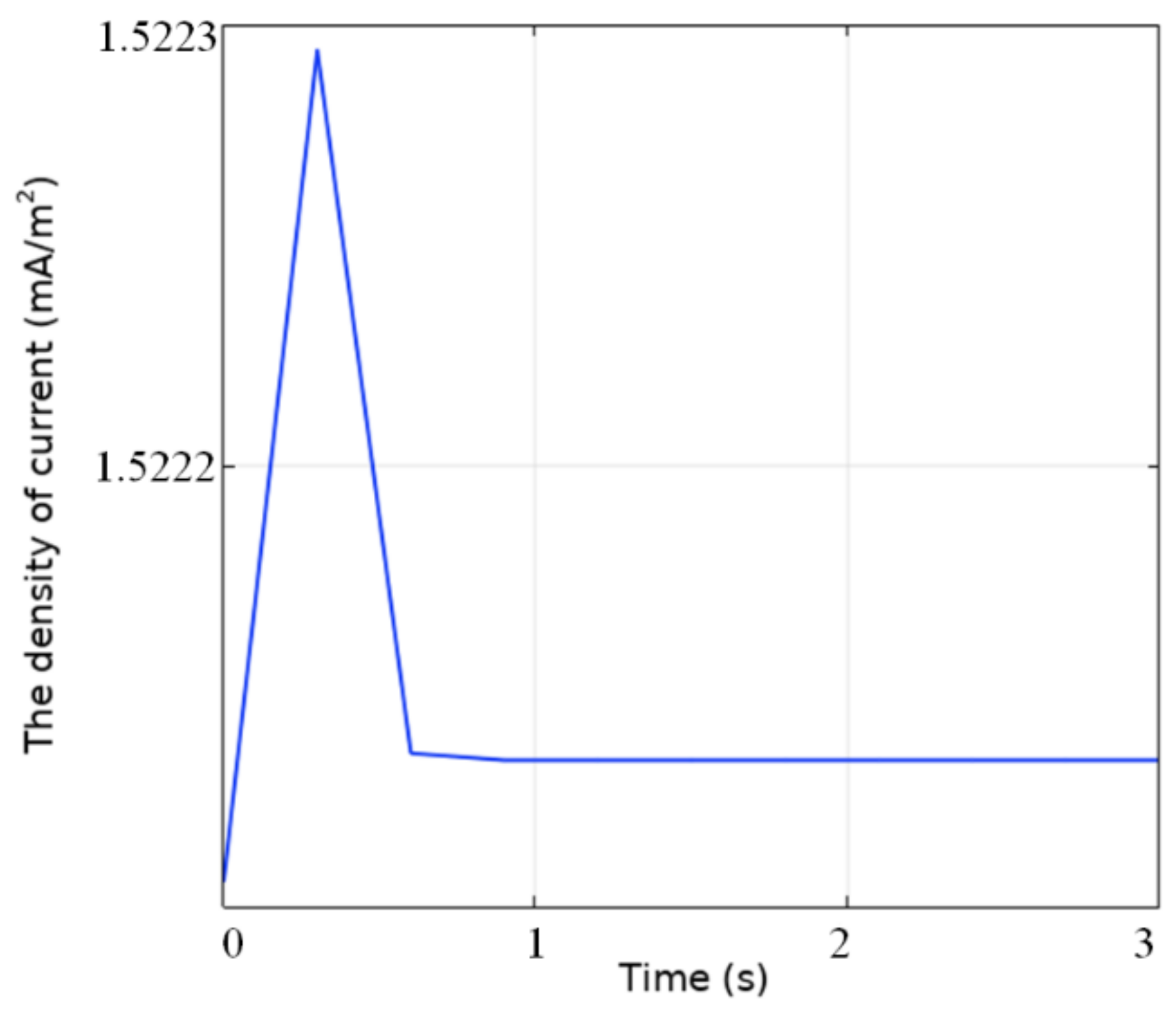

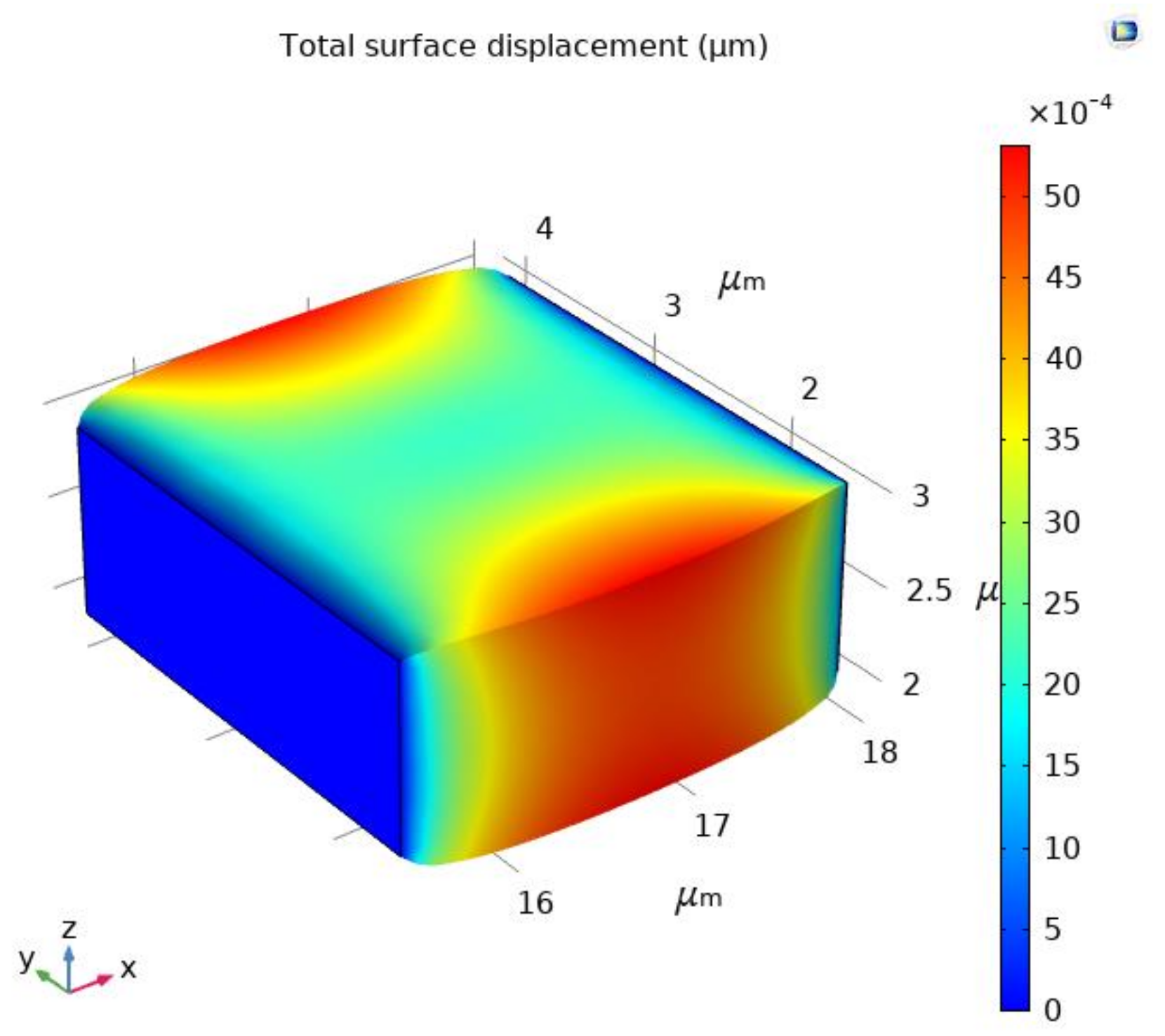

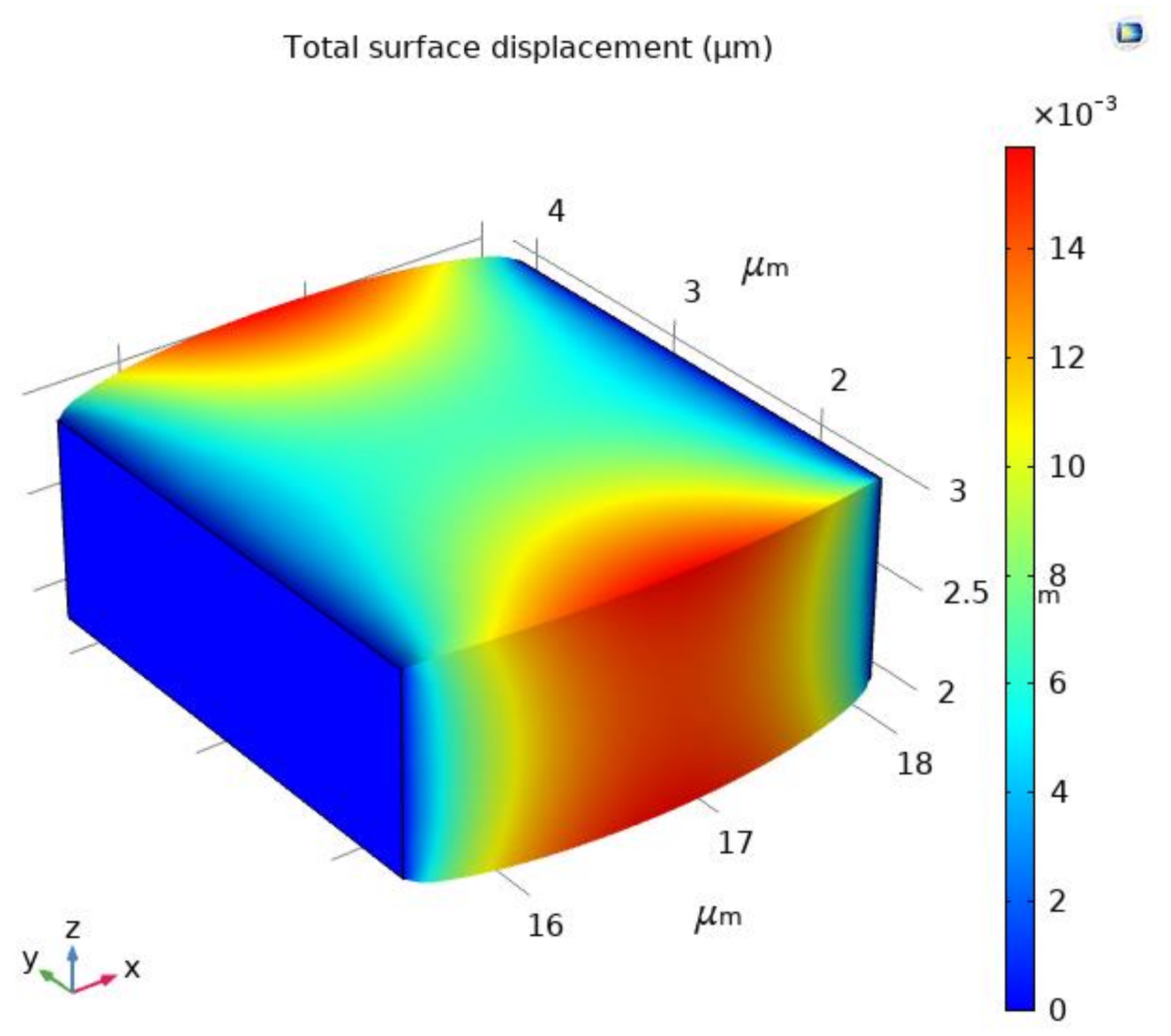
| Sintering Process | Furnace Temperature | Sintering Time | Pressure Assist/Electromagnetic Assist |
|---|---|---|---|
| Conventional sintering | 1350 °C–1500 °C | 3–20 h | None |
| Hot-press sintering | 1150 °C–1300 °C | 0.5–2 h | Pressure assist |
| Spark plasma sintering | 1000 °C–1100 °C | A few minutes | Electromagnetic assist |
| Flash sintering | 750 °C–900 °C | A few seconds | Electromagnetic assist |
| Chemical Formula | Al2O3 |
|---|---|
| Crystal structure | Cube |
| Lattice constant | a = 4.758 |
| Density | 3.5~3.9 cm3 |
| Purity | 99.98% |
| Melting point | 2054 °C |
| Coefficient of thermal expansion | 10.3 × 10−6 °C |
| Dielectric constant | 30 |
| Crystal growth methods | Arc melting method |
| Standard method | (100), (110) and (111) |
| Orientation tolerances | ±0.3° |
| a/Â | b/Â | c/Â | V/Â3 | |
|---|---|---|---|---|
| High temperature and high electric field intensity | 16.3221 | 16.4069 | 11.21 | 3001.982651 |
| High temperature and low electric field intensity | 17.279121 | 17.279121 | 11.264262 | 3470.632919 |
| Low temperature and high electric field intensity | 17.698 | 17.272789 | 11.5536 | 3531.864116 |
| Low temperature and low electric field intensity | 17.698 | 17.2789 | 11.5536 | 3533.113666 |
| Mass Transfer Path | Material Source | Material Arrival Site | Densification | |
|---|---|---|---|---|
| 1 | Surface diffusion | Surface | Neck | No |
| 2 | Lattice diffusion | Surface | Neck | No |
| 3 | Gas-phase transport | Surface | Neck | No |
| 4 | Grain boundary diffusion | Interface | Neck | Yes |
| 5 | Lattice diffusion | Interface | Neck | Yes |
| 6 | Plastic flow | Dislocation | Neck | Yes |
| The Properties of Material | Value | Unit |
|---|---|---|
| Thermal expansion coefficient | 6.5 × 10−6 | 1/K |
| Constant pressure heat capacity | 730 | J/(kg·K) |
| Relative permittivity | 5.7 | 1 |
| Density | 3965 | Kg/m3 |
| Thermal conductivity | 35 | W/(m·K) |
| Young’s modulus | 400 × 109 | Pa |
| Poisson’s ratio | 0.22 | 1 |
Publisher’s Note: MDPI stays neutral with regard to jurisdictional claims in published maps and institutional affiliations. |
© 2021 by the authors. Licensee MDPI, Basel, Switzerland. This article is an open access article distributed under the terms and conditions of the Creative Commons Attribution (CC BY) license (http://creativecommons.org/licenses/by/4.0/).
Share and Cite
Liu, Y.; Huang, X. Effects of Flash Sintering Parameters on Performance of Ceramic Insulator. Energies 2021, 14, 1157. https://doi.org/10.3390/en14041157
Liu Y, Huang X. Effects of Flash Sintering Parameters on Performance of Ceramic Insulator. Energies. 2021; 14(4):1157. https://doi.org/10.3390/en14041157
Chicago/Turabian StyleLiu, Yong, and Xingwang Huang. 2021. "Effects of Flash Sintering Parameters on Performance of Ceramic Insulator" Energies 14, no. 4: 1157. https://doi.org/10.3390/en14041157






